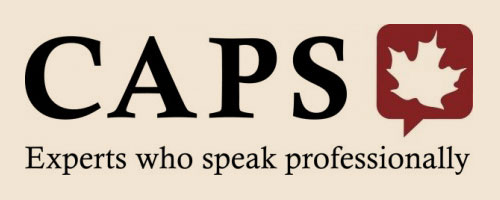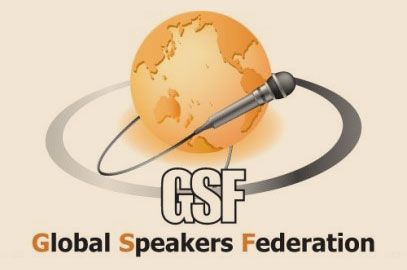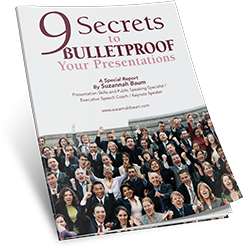Jamie Oliver’s speech really sizzles!
In this talk, the Jamie Oliver presents his TED Prize acceptance speech, where he reveals his wish to change the world. Compelling, persuasive, and at times heart-breaking, I highly recommend taking the time to watch this 19-minute speech not only to watch him display some unusual – yet highly-effective – speaking techniques, but to learn about the food-related problems facing the U.S. today.
From the moment Jamie takes the stage, it’s hard to take your eyes off him. So what makes this speech stand out? Here are 6 reasons:
1 — DRAMA! Right from his first words, he grabs the audience with dramatic statements that will make anyone sit up and take notice. “Diet related disease is the biggest killer in the US, right now, here today.” “Obesity costs you Americans $150 billion per year.” “We’ve condemned our kids to living 10 years less.” All designed to hit home. Of special note are the first words out of his mouth in this speech: “Sadly, in the next 18 minutes, 4 Americans that are now alive will be dead because of the food they eat.” Now THAT gets attention – and would start any speech off with a bang.
2 — Powerful use of statistics – The power of using statistics does not necessarily lie in the actual number being discussed, but the context in which they’re discussed. His opening statement about how 4 Americans will die in the next 18 minutes because of the food they eat is one great example. Another example is the ‘Causes of Death’ graph (around 2:15), and how we tend to focus on homicide as a cause of death, when food-related illnesses are far more likely to kill us. He brings context to the numbers.
3 — He gets props for his props – He uses very short and concise videos, images and personal stories to grab you. And you gotta love how he dumps the wheelbarrow of sugar on stage (check it out at 13:15) to show just how much 
4 — Speech structure – This is the classic persuasive speech, where he lays out the problem very powerfully in his opening statement, uses relevant statistics, props, videos, and strong language (i.e. “we have an awful, awful problem”), then moves into his solution, giving specific suggestions on how brands, schools, and parents can instill change. Again, note the power of being specific, so that his audience knows what needs to be done, and are not left to decipher what they *think* he meant.
5 — An introduction that includes everyone – Notice how he phrases his questions in a way that’s intended to get everyone in the audience to raise their hands? He asks who has kids, and when enough of the audience does NOT raise their hands, he asks who has nieces and nephews, thereby ensuring that almost the whole audience raises their hands. This is an excellent tactic to remember when phrasing your opening questions.
6 —“Messy” – but authentic. Jamie’s delivery style is what some people might call “messy.” He runs around the stage, he sometimes turns away from his audience…but he’s authentic. He’s a professional chef, not a professional speaker – so an ‘imperfect’ delivery matters less, because his passion and the strength of his presentation more than makes up for it. And this is actually the case with all speakers – professional or not.
COULD HE HAVE IMPROVED ANYTHING?
I almost jumped off my chair in my office to give Jamie a standing ovation when he finished this powerful, dramatic speech. As mentioned in point #6 (above), you don’t have to be a professional speaker with perfect delivery to make an impact, and this speech certainly proves that. However, there were two small points that I felt he might have controlled a little better:
1 — The “look at the slide” dance. At around 3:00, Jamie starts turning around to look at his slides, which he does multiple times despite the fact that the slide doesn’t change. In general, whether a slide changes or not, speakers should do their best to avoid turning away from their audience too often. It’s OK to look back once or twice and point at it for impact, but he turns to look at it so often, I was wondering if it was simply a nervous movement.

Which of his speaking techniques do YOU think stand out?
-
[…] “Messy” – but enthusiastic and authentic. Like Jamie Oliver in last month’s blog post, Elizabeth can be considered a “messy” speaker…but in a good way. She uses […]




We really dig what you write about here. We try and read your blog every day so keep up the good writing!
Hi Julian,
Thank you very much for your feedback! I’m glad that you get value from it.